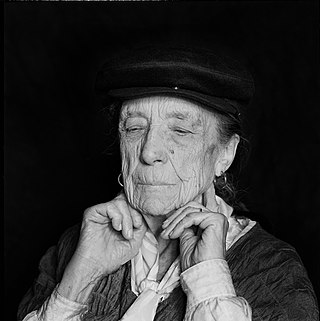
Louise Joséphine Bourgeois was a French-American artist. Although she is best known for her large-scale sculpture and installation art, Bourgeois was also a prolific painter and printmaker. She explored a variety of themes over the course of her long career including domesticity and the family, sexuality and the body, as well as death and the unconscious. These themes connect to events from her childhood which she considered to be a therapeutic process. Although Bourgeois exhibited with the abstract expressionists and her work has much in common with Surrealism and feminist art, she was not formally affiliated with a particular artistic movement.

Angela Bulloch, is an artist who often works with sound and installation; she is recognised as one of the Young British Artists. Bulloch lives and works in Berlin.

John Currin is an American painter based in New York City. He is most recognised for his technically proficient satirical figurative paintings that explore controversial sexual and societal topics. His work shows a wide range of influences, including sources as diverse as the Renaissance, popular culture magazines, and contemporary fashion models. He often distorts or exaggerates the erotic forms of the female body, and has stressed that his characters are reflections of himself rather than inspired by real people.

Günther Förg was a German painter, graphic designer, sculptor and photographer. His abstract style was influenced by American abstract painting.
Aya Takano is a Japanese painter, Superflat artist, manga artist, and science fiction essayist. Aya Takano is represented by Kaikai Kiki, the artistic production studio created in 2001 by Takashi Murakami.
Berlinde De Bruyckere is a Belgian contemporary artist who works in sculpture and installation. Her sculptures use body-like forms. Her work is influenced by religious imagery, mythology, and the Flemish Renaissance. Themes in her artwork display human experience, existence, and raw emotion.
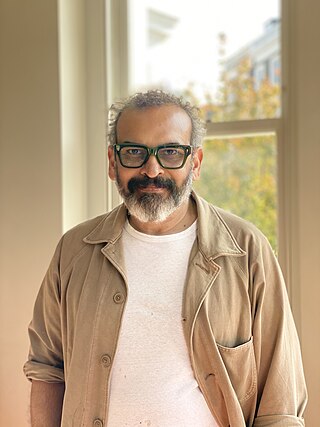
Subodh Gupta is an Indian contemporary artist based in New Delhi. His work encompasses sculpture, installation, painting, photography, performance and video.
Katharina Fritsch is a German sculptor. She lives and works in Düsseldorf, Germany.
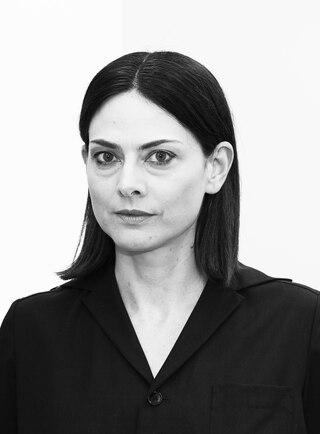
Bettina Pousttchi is a German artist of German-Iranian descent. She currently lives in Berlin. She has worked in photography, sculpture, video and site-specific installation.
Emmanuel Perrotin is the French contemporary art gallery owner of Galerie Perrotin.

Nicole Eisenman is a French-born American artist known for her oil paintings and sculptures. She has been awarded the Guggenheim Fellowship (1996), the Carnegie Prize (2013), and has thrice been included in the Whitney Biennial. On September 29, 2015, she won a MacArthur Fellowship award for "restoring the representation of the human form a cultural significance that had waned during the ascendancy of abstraction in the 20th century."
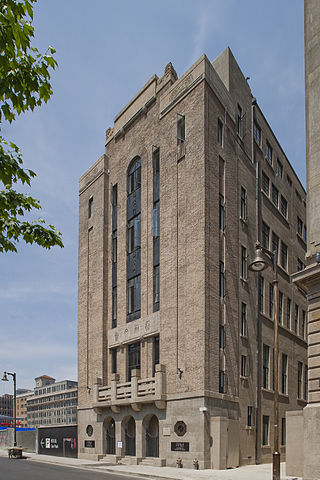
The Rockbund Art Museum is a contemporary art museum in central Shanghai. The museum is on Huqiu Road, in the former Royal Asiatic Society building completed in 1933 near The Bund waterfront. The museum is dedicated to being an influential, innovative, sustainable organization devoted to the promotion of projects within the field of international contemporary art. There are no permanent collections. Featured Chinese artists have included Cai Guo-Qiang and Zeng Fanzhi.

Mary Heilmann is an American painter based in New York City and Bridgehampton, NY. She has had solo shows and travelling exhibitions at galleries such as 303 Gallery and Hauser & Wirth (Zurich) and museums including the Wexner Center for the Arts and the New Museum. Heilmann has been cited by many younger artists, particularly women, as an influential figure.
Mika Rottenberg is a contemporary Argentine born US based video artist who lives and works in New York. Rottenberg is best known for her video and installation work that often "investigates the link between the female body and production mechanisms". Her work has been exhibited both nationally and internationally.
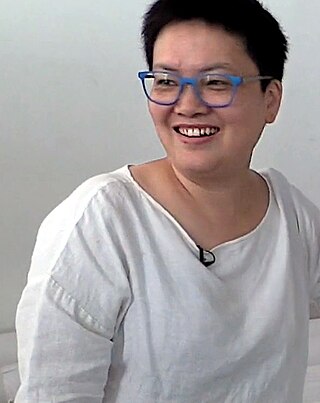
Lin Tianmiao is a contemporary Chinese installation artist and textile designer. She sometimes makes use of everyday objects.
Charles Gaines is an American artist whose work interrogates the discourse of aesthetics, politics, and philosophy. Taking the form of drawings, photographic series and video installations, the work consistently involves the use of systems, predominantly in the form of the grid, often in combination with photography. His work is rooted in Conceptual Art – in dialogue with artists such as Sol LeWitt, Lawrence Weiner and Mel Bochner – and Gaines is committed to its tenets of engaging cognition and language. As one of the only African-American conceptual artists working in the 1970s, a time when political expressionism was a prevailing concern among African-American artists, Gaines was an outlier in his pursuit of abstraction and non-didactic approach to race and politics. There is a strong musical thread running through much of Gaines' work, evident in his repeated use of musical scores as well in his engagement with the idea of indeterminacy, as similar to John Cage and Sol LeWitt.
Jesse Mockrin is an American artist who lives and works in Los Angeles. Her work primarily consists of figurative paintings.
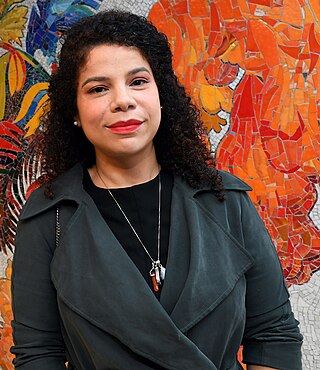
Firelei Báez is a Dominican Republic-born, New York City-based artist known for intricate works on paper and canvas, as well as large scale sculpture. Her art focuses on untold stories and unheard voices, using portraiture, landscape, and design to explore the Western canon.
Jill Mulleady is an artist. She was born in Montevideo, Uruguay and grew up in Buenos Aires, Argentina. She moved to London to study at Chelsea School of Art, in 2007–09, where she received a Master of Fine Arts. She lives and work in Los Angeles, California.
Emily Mae Smith is a visual artist from Austin, Texas. Her sly, humorous, and riveting compositions nod to art historical movements such as Greek Mythology and Surrealism through with a distinctly 21st century spin. Her genre-defying paintings speak through a vocabulary of signs and symbols addressing timely subjects including gender, class, and violence. Smith’s paintings tackle art history’s phallocentric myths and create imagery for subjectivities absent in visual culture, specifically the feminist perspective.

















